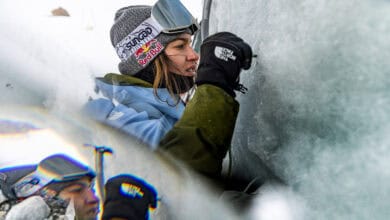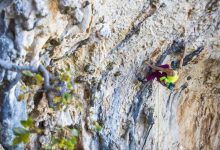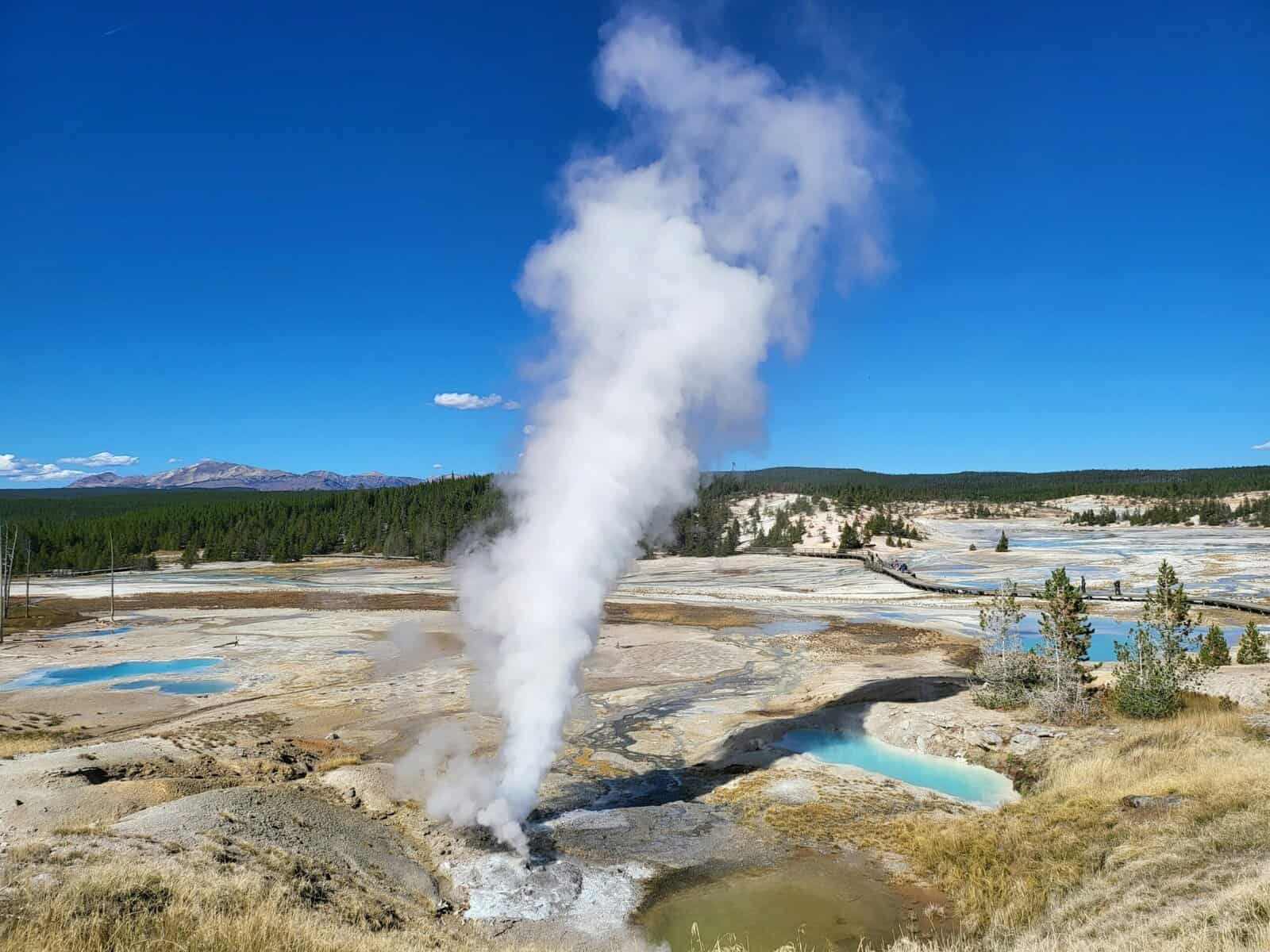
America’s national parks might be postcard pretty, but they’re also patrolled, protected, and taken very seriously when it comes to public safety—and for good reason.
Just ask the 44-year-old Washington woman who recently found herself behind bars for a week after walking off the boardwalk near Yellowstone’s iconic Old Faithful geyser. That’s not a slap on the wrist—that’s seven days in federal custody. Her crime? Ignoring clearly marked signs and stepping into a thermal zone that’s not just illegal to enter, but potentially lethal.
She wasn’t just unlucky. She was caught on camera by a fellow tourist, and when that footage made its way to the U.S. Attorney’s Office, she pleaded guilty.
For anyone who thinks that sounds like an overreaction, think again. Yellowstone, like all U.S. national parks, operates under strict federal regulations designed to protect both the landscape and the people who explore it. This isn’t just about preserving nature—it’s about preventing injuries and deaths that occur when people don’t take the rules seriously.
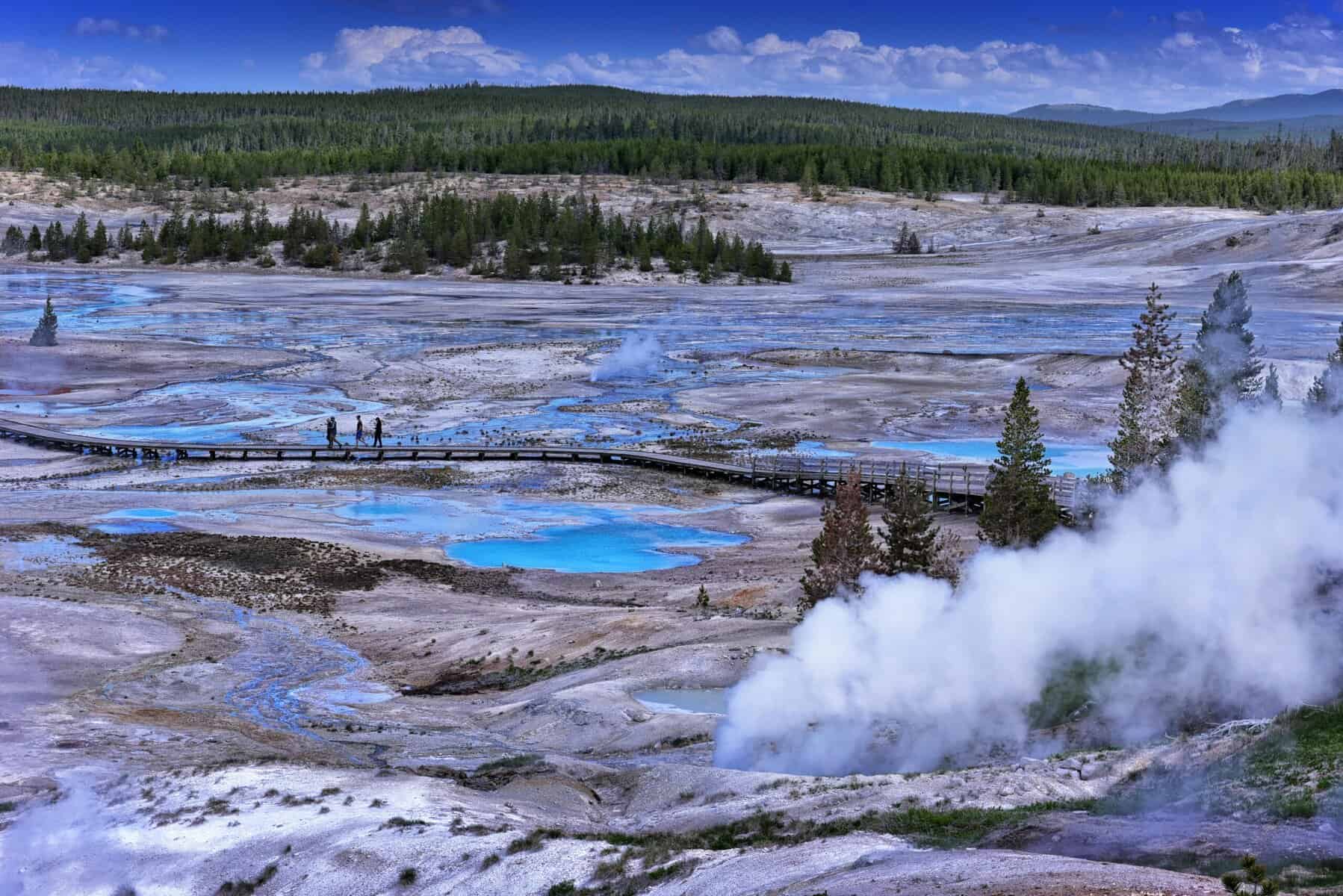
Thermal Areas: Not Just Hot, But Deadly
As nin New Zealand – Yellowstone’s thermal zones are stunning but treacherous. The crust around these geothermal features can appear solid but often hides scalding water just centimetres below the surface. In March 2024, a 60-year-old woman was airlifted out of the park after stepping off-trail near the Mallard Lake Trailhead. The ground gave way beneath her, and she suffered severe burns. She survived—but many haven’t.
According to park officials, more than 20 people have died from thermal-related incidents in Yellowstone alone. One wrong step, and visitors find themselves waist-deep in boiling water. The official park website paints a grisly picture: third-degree burns, boots filled with steaming liquid, and panic in places where rescue is neither quick nor easy.
The law the Washington woman violated is clear: all foot traffic in Yellowstone’s thermal areas and the canyon between Upper Falls and Inspiration Point must stay on marked boardwalks or trails. It’s not just a guideline—it’s a federal mandate, and breaking it comes with real consequences.
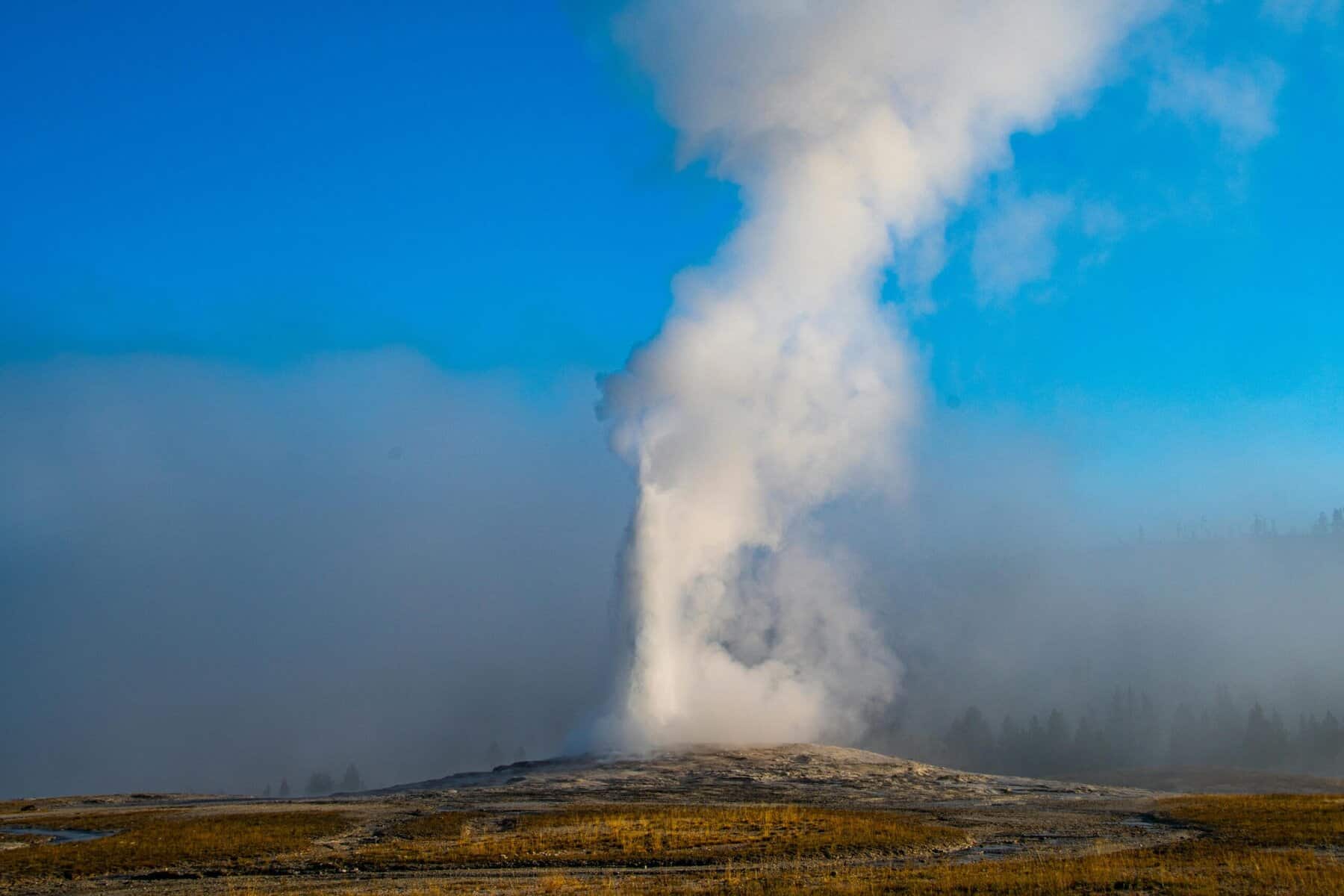
Yellowstone Isn’t the Only Place Getting Tough
This isn’t an isolated case. Across the United States, national parks are cracking down on reckless behaviour, and convictions are stacking up.In 2021, a Connecticut man was sentenced to 15 days in jail after he left a boardwalk and attempted to cook chickens in a thermal area at Yellowstone. Yes, you read that right—he brought a roasting pan into a hydrothermal zone. The court wasn’t amused.
Over in Grand Canyon National Park, a man faced federal charges after throwing items into the canyon and taunting wildlife. He ended up with a fine and a multi-year ban from all U.S. national parks.
And in Death Valley, one of the hottest places on Earth, a group of influencers was charged after venturing into a closed-off section during a heatwave and posting it all online. They were tracked down and fined thousands of dollars for violating federal closures designed to prevent fatalities.
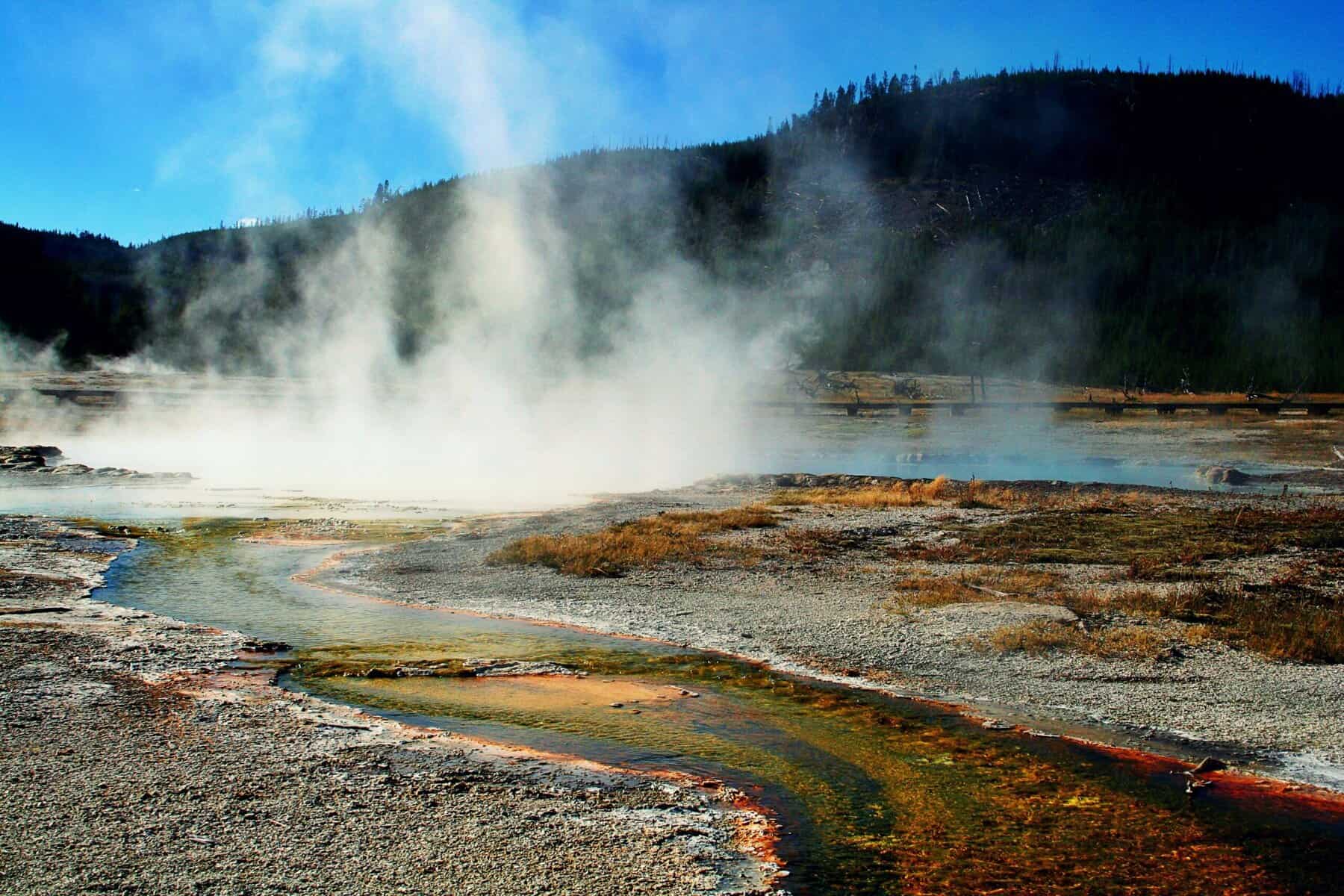
Adventure Has Rules—Respect Them
At Adventure Magazine, we advocate for bold experiences—but with informed judgement. National parks are not controlled environments; they are complex, often unpredictable landscapes that require a high level of awareness and respect. Understanding the risks, knowing the regulations, and recognising the fragility of these natural areas is essential for anyone choosing to explore them.
In New Zealand, the natural environment is both a national treasure and a place of real risk when approached without care. Whether you’re near a geothermal area, exploring alpine terrain, or venturing off-track, it’s critical to follow marked routes and official guidance. These regulations are in place not to limit experience, but to protect both visitors and the fragile ecosystems they’re exploring. A moment of poor judgement can quickly result in injury, prosecution, or an emergency rescue. Respect for the land isn’t just a courtesy—it’s a legal and personal responsibility.




